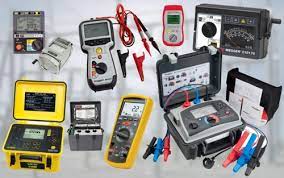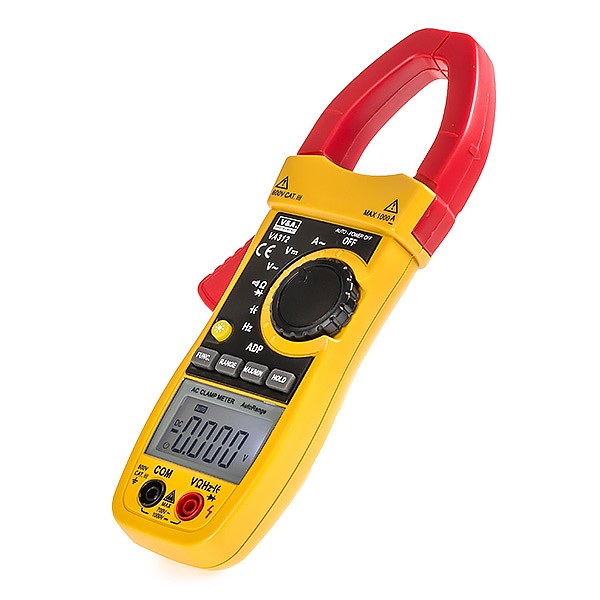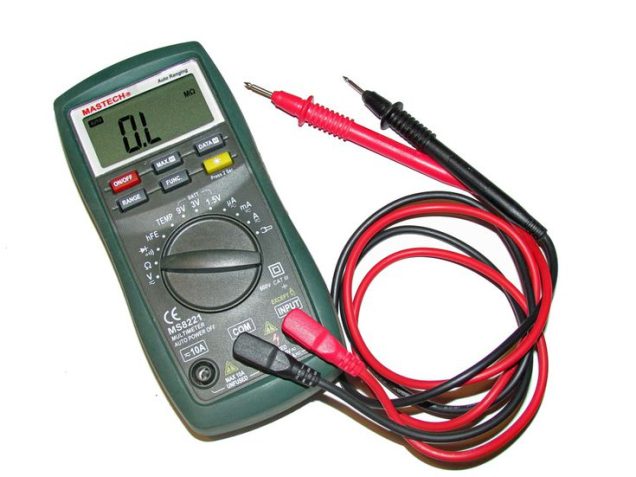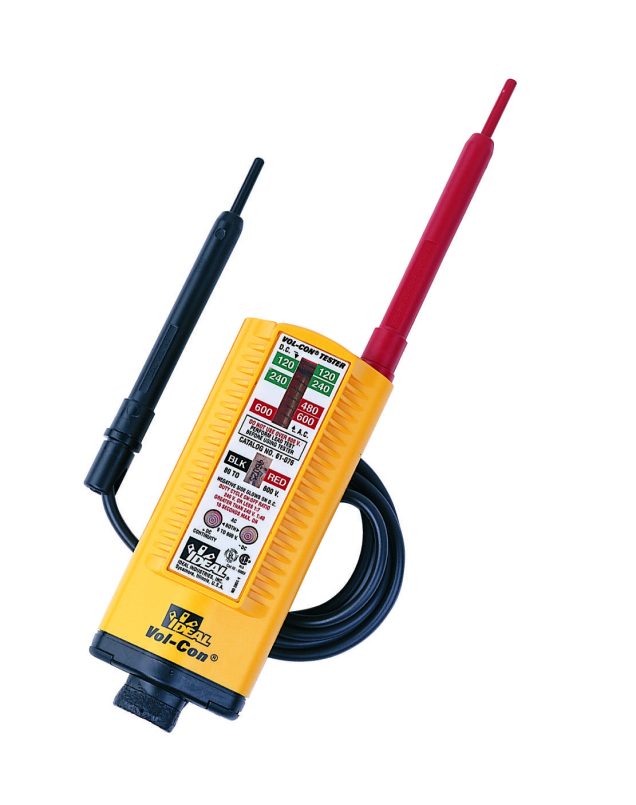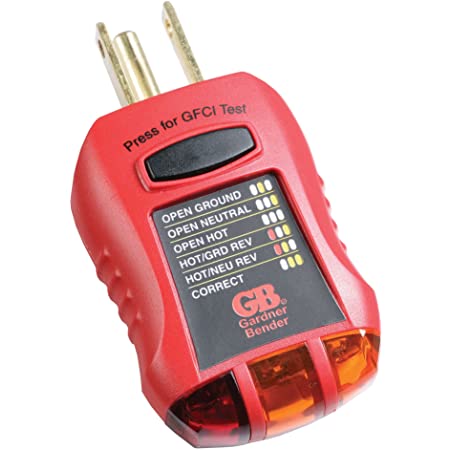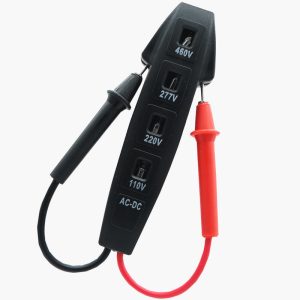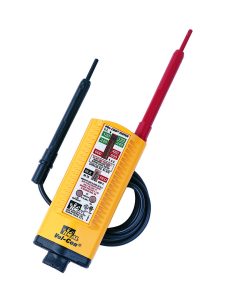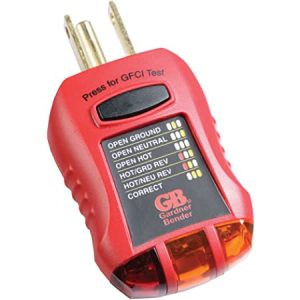Electrical testers are devices used to test the presence of electricity and it condition. Some testers are multi-function devices that can perform most, if not all, of the common electrical testing duties, while others are single-function devices that test for a single function. Various electrical testers can be used to check voltage levels in both AC and DC circuits, to test for amperage, continuity, short circuits and open circuits, polarity, and more.
Types of Electrical Tester
- Neo Voltage Testers:
They are as simple as they come. They have a small body with a neon light inside and two short wire leads with a metal probe on each end. Neon voltage testers tell you only whether a voltage is present or not; they don’t tell you how much voltage is in a circuit.
- Community Tester:
Is a device that is powered by batteries and has a probe at one end and a cord with either an alligator clip or another probe at the other end. If you touch the two together, you complete a circuit, and light is illuminated on the body of the tester, indicating a complete circuit. These testers are great for checking to see if something like a single-pole switch is working properly.
- Wand Voltage Meter:
A wand voltage meter is another specialty tester usually owned only by professional electricians. This is a numerical voltage tester that can work in two ways. The tool includes wire leads similar to those found in a neon voltage tester or multimeter, which can be used to measure voltage or continuity by touching the leads to bare wires or metal contacts. But the tool also has electrostatic wands that can detect and measure voltage simply by holding them in proximity to wires or metal contacts.
- Digital Clamp Meter:
A digital clamp meter is a tool normally used only by professional electricians. The tool also features wire leads that allow the tool to be used in the same manner as a standard multimeter. A digital clamp meter is a specialty tool that few homeowners will need to own.
- Solenoid Voltage Tester:
Solenoid voltage testers, also known in the trade by the nickname “wiggies,” are also multi-function testers, but they are somewhat simpler and easier to use. Both analog and digital models are available. Solenoid voltmeters are capable of testing for both voltage and polarity. Electricians use them frequently because they can test both AC voltage and DC voltage in a range from 100 to 600 volts.
- Multimeter:
Multimeters are the most versatile of the electrical testers and, as the name implies, they are capable of many different testing functions. Most multimeters can provide precise readings of resistance, AC and DC voltage, continuity, capacitance, and frequency. If you learn how to use all its functions, a multimeter can provide virtually all the information offered by all other testers.
- Plug-In Circuit Analyzers:
Plug-in circuit analyzers are inexpensive, easy-to-use testers that can tell you a great deal about the functions of an electrical circuit when you plug it into an electrical outlet. These testers are designed to test ordinary electrical outlets, but only grounded outlets that have three slots.
- Non-Contact Voltage Testers:
These are also known as inductance testers, these are probably the safest testers around, and they’re certainly the easiest to use. A non-contact tester allows you to check for voltage in wires or devices without you having to touch any wires or parts. The device is like a mini wand with a small tip on the end that senses voltage in such things as electrical wiring, outlets, circuit breakers, lamp cords, light sockets, and switches.
For more information or assistance during normal business hours, call or e-mail TPS at the phone number above. You can also complete and submit our Service Project Inquiry form.
